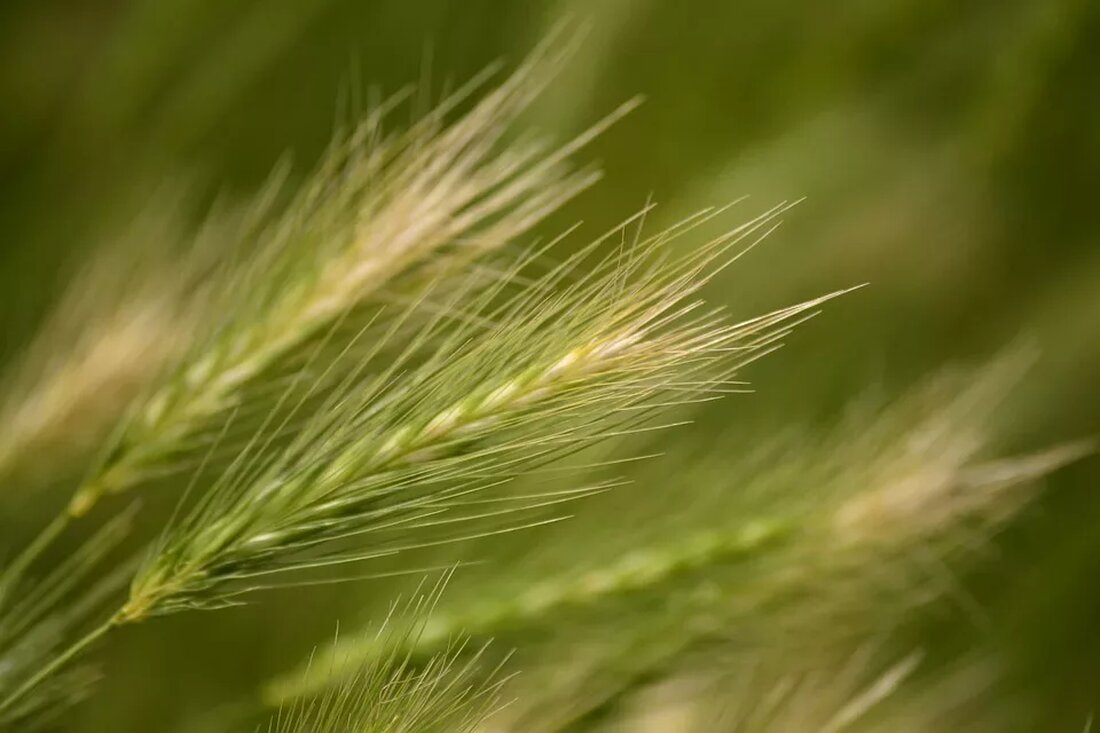Stye Home Remedies: Quick Help & Gentle Healing
Stye eye home remedies: gentle healing A stye in the eye can be very unpleasant. It is a small, pus-filled swelling on the edge or on the eyelid. A stye like this can occur when the sebaceous glands in the eyelid are clogged and infected. It is important to treat the stye properly to avoid further complications. In this article we will introduce you to some home remedies that can help gently heal a stye in the eye. Causes and symptoms of a stye in the eye A stye is usually caused by an infection with bacteria such as staphylococci. It can…

Stye Home Remedies: Quick Help & Gentle Healing
Stye Eye Home Remedies: Gentle Healing
A stye in the eye can be very uncomfortable. It is a small, pus-filled swelling on the edge or on the eyelid. A stye like this can occur when the sebaceous glands in the eyelid are clogged and infected. It is important to treat the stye properly to avoid further complications. In this article we will introduce you to some home remedies that can help gently heal a stye in the eye.
Causes and symptoms of a stye in the eye
A stye is usually caused by an infection with bacteria such as staphylococci. It can occur when the sebaceous glands in the eyelid become clogged and inflamed. The most common symptoms of a stye include:
– Redness and swelling of the eyelid
– Pain and sensitivity to touch
– Tear flow
– Formation of a small, hard lump on the eyelid
– Possibly a yellowish collection of pus
It is important to note that a stye usually does not affect vision. However, it can be uncomfortable and interfere with everyday life. Early treatment can help alleviate the symptoms and allow the stye to heal more quickly.
Home remedies to gently heal a stye in the eye
There are various home remedies that can help treat a stye in the eye. These home remedies are usually safe and can aid healing. Here are some of them:
Warm compresses
A warm compress is one of the most effective home remedies for treating a stye. The heat helps reduce the inflammation and release the pus. You can do this by dipping a clean cloth in warm water and gently placing it over the affected eye. Hold the compress on the eye for about 5-10 minutes and repeat this several times a day. Make sure the compress is not too hot to avoid burns.
Tea tree oil
Tea tree oil is known for its antibacterial properties and can therefore help treat styes. You can sprinkle a few drops of tea tree oil on a cotton pad and gently apply it to the stye. Be careful not to get the tea tree oil in your eyes. Repeat this application two to three times daily until the stye heals.
Chamomile tea
Chamomile tea has anti-inflammatory properties and can therefore help treat styes. Boil a cup of water and add a bag of chamomile tea to it. Let the tea steep for 5-10 minutes and then wait for it to cool down. Dip a clean cloth into the cooled chamomile tea and gently place it over the affected eye. Hold the compress on the eye for about 10-15 minutes and repeat this several times a day. Chamomile tea can also be used as an eye wash by instilling it into the eye through a clean cloth.
hygiene
Good hygiene is important to prevent the spread of bacteria and promote healing. Wash your hands regularly with soap and avoid rubbing or touching the affected eye. Use separate towels for the affected eye and change them frequently. Avoid wearing makeup while treating a stye to avoid further infection.
Proper nutrition and lifestyle
A balanced diet and a healthy lifestyle can help strengthen the immune system and speed healing. Make sure you get enough vitamins and minerals, especially vitamins A, C and E, which are important for eye health. Avoid consuming alcoholic beverages or smoking as this can delay healing.
Frequently asked questions
1. Can I treat a stye in my eye myself?
Yes, in most cases you can treat a stye at home. The home remedies described can help alleviate the symptoms and support healing. However, if the stye gets worse or doesn't heal within a few days, you should see a doctor.
2. Is it necessary to have a stye surgically removed by a doctor?
In most cases, a stye does not require surgical removal. It usually heals on its own. However, if an abscess forms or the stye keeps recurring, surgical removal may be necessary. Consult a doctor to determine the best course of action for your individual case.
3. Can I avoid a stye?
There are steps you can take to reduce your risk of developing a stye. This includes thoroughly cleaning your eyelids, especially before bed. Avoid rubbing or touching your eyes. Also practice good hygiene, use separate towels, and do not share personal items with other people.
4. Can a stye pass to the other eye?
A stye is usually not contagious and therefore cannot be transmitted directly from one eye to the other. However, it is possible that the bacteria that cause the stye can be spread to other areas of your body or around the eyes. Practice good hygiene to avoid the spread of bacteria.
Conclusion
A stye in the eye can be very uncomfortable, but in most cases you can treat it at home. The home remedies described, such as warm compresses, tea tree oil and chamomile tea, can help relieve the symptoms and support healing. Maintain good hygiene, a balanced diet and a healthy lifestyle to strengthen the immune system. If symptoms persist or the stye recurs, it is advisable to consult a doctor.

 Suche
Suche
 Mein Konto
Mein Konto
